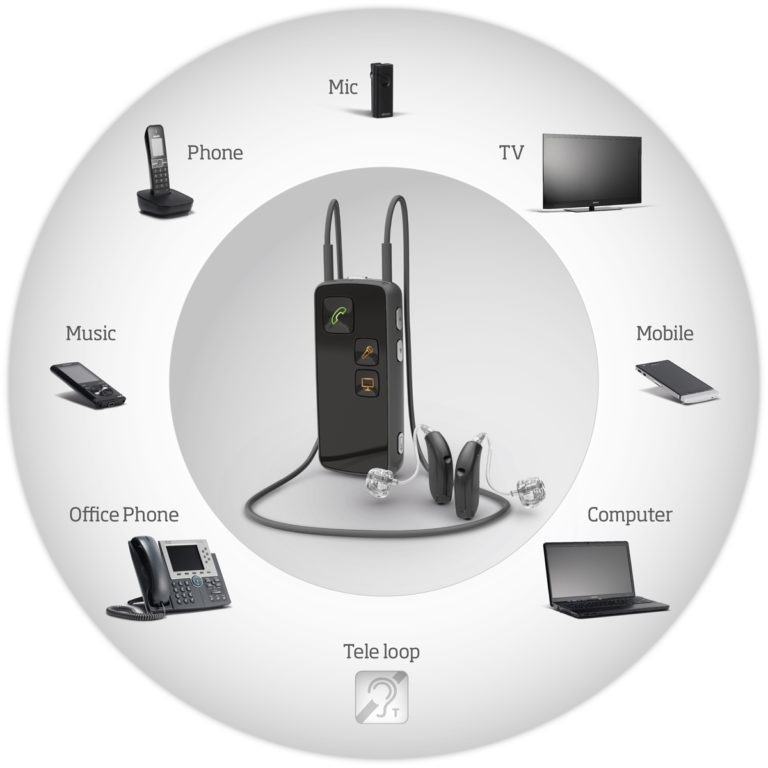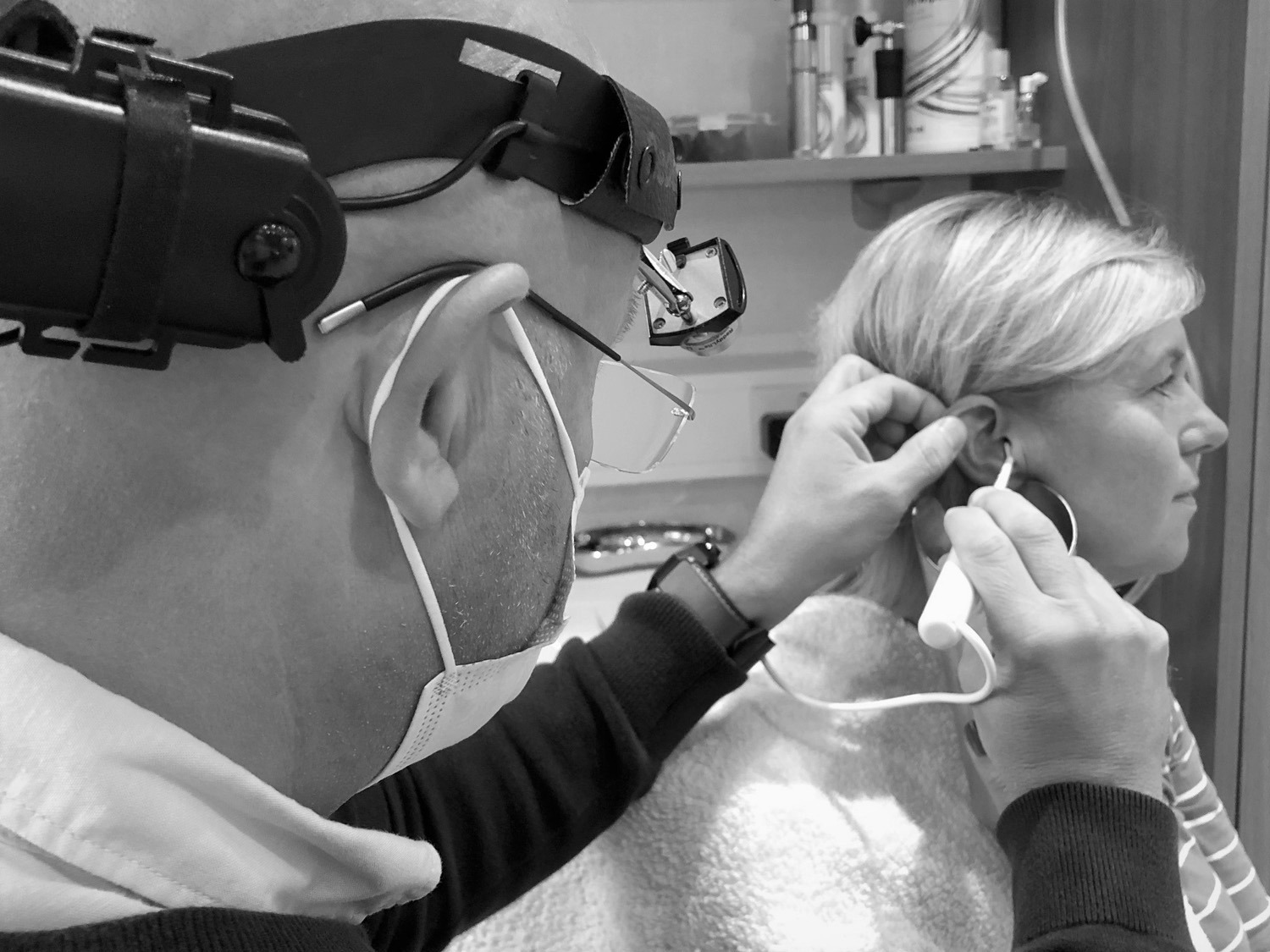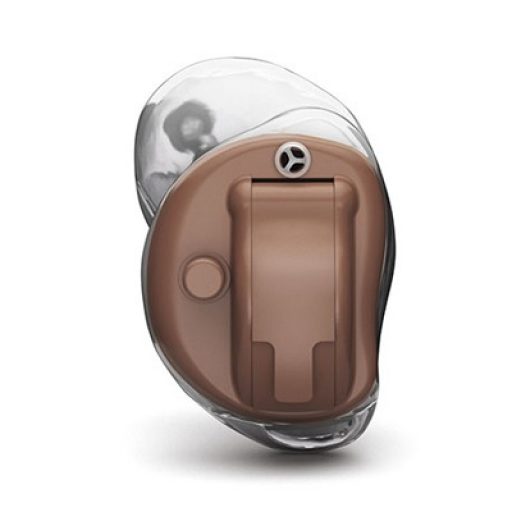Hearing Aid Technology

Latest Advancements in hearing technology
Invisible Hearing Devices
Rechargeable
Stream music
Translate other languages
Spectacle hearing aids
Background Noise Solutions
Today’s Technology
Modern hearing aids are programmable, meaning that the amplification can be precisely fine tuned to match an individual’s prescription. There are many different hearing aid styles, sizes and levels of technology that can be tailor made to meet one’s particular needs and requirements regardless of the type or level of hearing loss.
Hearing aid technology is always evolving. Here is a summary of some of the technology that is available today:
Separates the sound signal into different frequency specific sections for processing. This allows the hearing aid to be customised across the different frequencies to better replicate an individual’s prescription, giving a more precise sound experience and speech intelligibility.
This enables the wearer to have preference to sounds from particular directions (i.e front, sides or from behind – depending on the need and situation). This ultimately has the effect of improving speech understanding in background noise.
This keeps the sound at a comfortable level, never too loud; never too soft – reducing the need for fiddly controls.
This determines whether the signal contains unwanted noise and reduces the level of noise if present. This generally means increased listening comfort by reducing the annoying background noise.
This enables the hearing aid to detect when speech is present which again helps especially in complex listening situations or when background noise is present.
The latest technology now enables the wearer to have the detected speech played back in a language of their choosing.
This feature smoothes sudden impulse/impact noises such as cutlery, dishes clattering etc, which makes for a less stressful and more comfortable listening environment.
For those who are concerned about fiddly batteries in hearing aids there is an alternative rechargeable option. There are different versions available, some mean that you never have to change the batteries again.
Small and discreet they come with a case that you can simply place your hearing aids into at night and they charge while you sleep, ready
for you to pop them in for the start of your day. Some models even come with a rechargeable case which means you can charge your hearing aids on the go, or when you go travelling.
For more information please contact your nearest hearing centre.
Basic feedback management systems reduce the overall amplification of a hearing aid to stop the whistling which can affect the sound quality, whereas more advanced
systems reduce or eliminate whistling without affecting the overall amplification, whilst maintaining clarity.
Reduces the annoyance of wind blowing across the microphones – enabling better listening comfort for outdoor use.
This is where left and right hearing aid exchange data wirelessly and coordinate their functions. The information is processed and the individual settings are adjusted to the specific auditory situation, which ultimately improves speech perception, particularly in loud environments. In addition, if the volume is adjusted on one side, the other aid automatically adjusts as well. This also applies to other functions such as noise reduction and individual programs etc. The hearing aids therefore work together as one complete system rather than two independent devices.
The ability to provide an effective management tool for reducing the effects of tinnitus using soothing tones and / or noise.
Gradually over time the hearing aids learn from manual adjustments made by the wearer adapt automatically. This gives greater personalisation and a more accurate individual fitting.

If you’re an older adult, or care for someone who is — falling is likely to be high on your list of worries.
According to the National Council (US) on Ageing:
- Every 11 seconds, an older adult is treated in an emergency room for a fall-related injury.
- Falls are the leading cause of fatal and non-fatal injuries for the ageing
- Nearly 40 percent of people who live at home after reaching the age of 65 will fall at least once a year
Using built-in 3D sensors, some hearing aids can detect when a wearer falls, sending alert messages to selected friends or family members.
Accidental falls pose a significant health risk to older adults, people with mild hearing loss are three times more likely to have a history of falling than peers with normal hearing.
Get a free hearing test with one of the UK's best hearing care specialists

Book a FREE hearing test

FREE online hearing test

Find your nearest clinic

